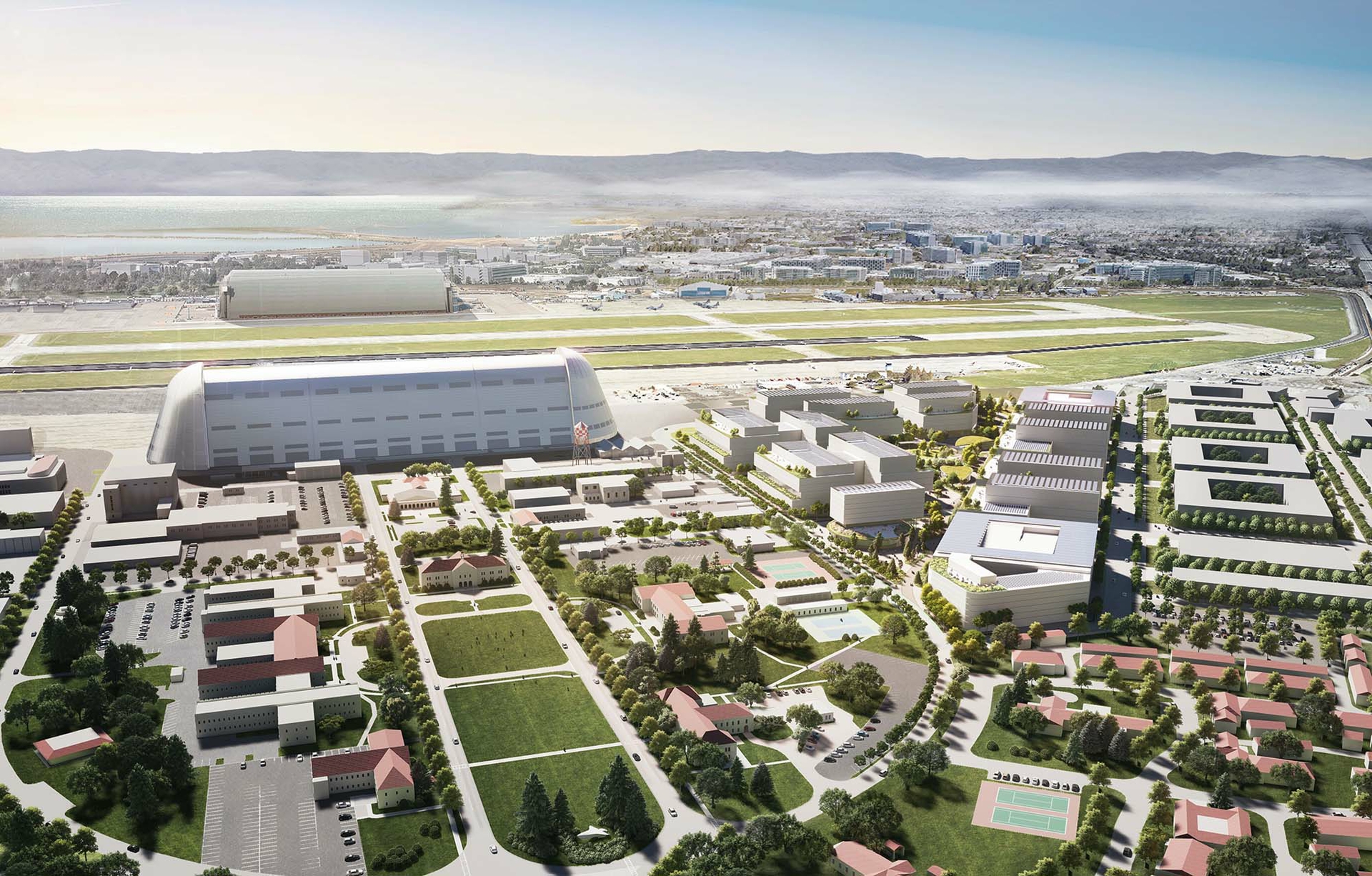“This is the decade of electric automated aviation, and the Berkeley Space Center should be a pioneer of it, not just by research, but also by experimentation and deployment,” Tomlin said. “We’re interested in, for example, how one would go about designing networks of vertiports that are economically viable, that are compatible with the urban landscape, that are prone to public acceptance and have an economic reality.”
“Advanced air mobility and revolutionizing the use of the airspace and how we use drones and unpiloted vehicles for future air taxis or to fight wildfires or to deliver cargo are other areas of potential collaboration,” Tu added.
Hannah Nabavi is one UC Berkeley student eager to see this proposed collaboration with NASA Ames and industry around Silicon Valley, even though she will have graduated by the time it comes to fruition. A senior majoring in engineering physics, she is the leader of a campus club called SpaceForm that is currently tapping NASA Ames scientists for research tips on projects such as how materials are affected by the harsh environment on the moon.
“I think one of the primary advantages to UC Berkeley of having this connection is it allows students to obtain a perspective on what’s happening in the real world. What are the real-world problems? What are the goals? How are things getting done?” said Nabavi, who plans to attend graduate school on a path to a career in the commercial space industry. “It also helps students figure out what they want to focus on by providing an early understanding of the research and industrial areas in aerospace.”
But beyond the practical benefits, she said, “I think that seeing all of these scientists and engineers tackling issues and questions at the forefront of aerospace can serve as a huge inspiration to students.”
AI and machine learning
In addition, data science and AI/machine learning are rapidly disrupting the aviation and space industry landscape as it evolves toward automation and human-machine interaction and as ever bigger datasets are being produced. The workforce needs retraining in these rapidly evolving fields, and UC Berkeley’s College of Computing, Data Science, and Society (CDSS) is well positioned to provide executive and professional education to meet these needs.
Photo courtesy of Space Technologies and Rocketry/Berkeley Engineering
“Berkeley Space Center offers the possibility for CDSS students to work on these new challenges, particularly in the fields of aeronautics and astronautics, planetary science and quantum science and technology,” said Sandrine Dudoit, associate dean at CDSS, professor of statistics and of public health and a member of the Moffett Field Faculty Steering Committee.
DeFreece noted that there are NASA collaborations already happening on the UC Berkeley campus. Many leverage the mission management and instrument-building skills at the Space Sciences Laboratory, which is responsible for the day-to-day operation of several NASA satellites and is building instruments for spacecraft that NASA will land on the moon or launch to monitor Earth and the sun.
UC Berkeley researchers are already investigating how to print 3D objects in space, how to create materials to sustain astronauts on Mars, how to test for life-based molecules on other planets and moons, and whether squishy robots could operate on other planets. UC Berkeley spin-offs are developing ways to monitor health in space and provide low-cost insertion of satellites into orbit.
“The Berkeley Space Center could be a place where half of the day students are collaborating with center neighbors, and the other half of the day they might be taking classes and seeing their mentors who are supervising class projects on the satellite that is hovering over their heads at that very moment,” Bayen said. “Experiences like these just don’t exist anywhere else at the present time.”
UC Berkeley’s Haas School of Business and Berkeley Law are also working on issues surrounding the commercial exploitation of space, including asteroids and other planets, and the laws that should govern business in space.
“Space law and policy are also areas where I think there’s some tremendous opportunities to collaborate with the university,” Tu said. “What are we going to do when we find resources on the moon, and other countries do as well, and companies want to make money from that?”
A focus on sustainability
In return for its investment and partnership, UC Berkeley will receive a portion of the revenues that the real estate development is projected to generate. While market-based returns are always subject to change, the joint venture conservatively estimates that the research hub will receive revenues more than sufficient to ensure that Berkeley Space Center is self-sustaining, as well as provide new financial support to the core campus, its departments and colleges, and faculty and students.
UC Berkeley also expects significant additional revenue from other, project-related sources, including new research grants, industry participation and partnerships, and the incubation and commercialization of emerging companies born from translational research and technologies created at the site.
SKS Partners, a San Francisco-based investor and developer of commercial real estate properties in the western U.S., will lead the venture. The planning team for the Berkeley Space Center will pursue LEED certification for its buildings — a mark of sustainability — by using solar power, blackwater and stormwater treatment and reuse, and emphasizing non-polluting transportation.
While construction is tentatively scheduled to begin in 2026, subject to environmental approvals, UC Berkeley is already creating connections between Silicon Valley companies on the NASA Ames property, including executive education programs.
Source link
credite

